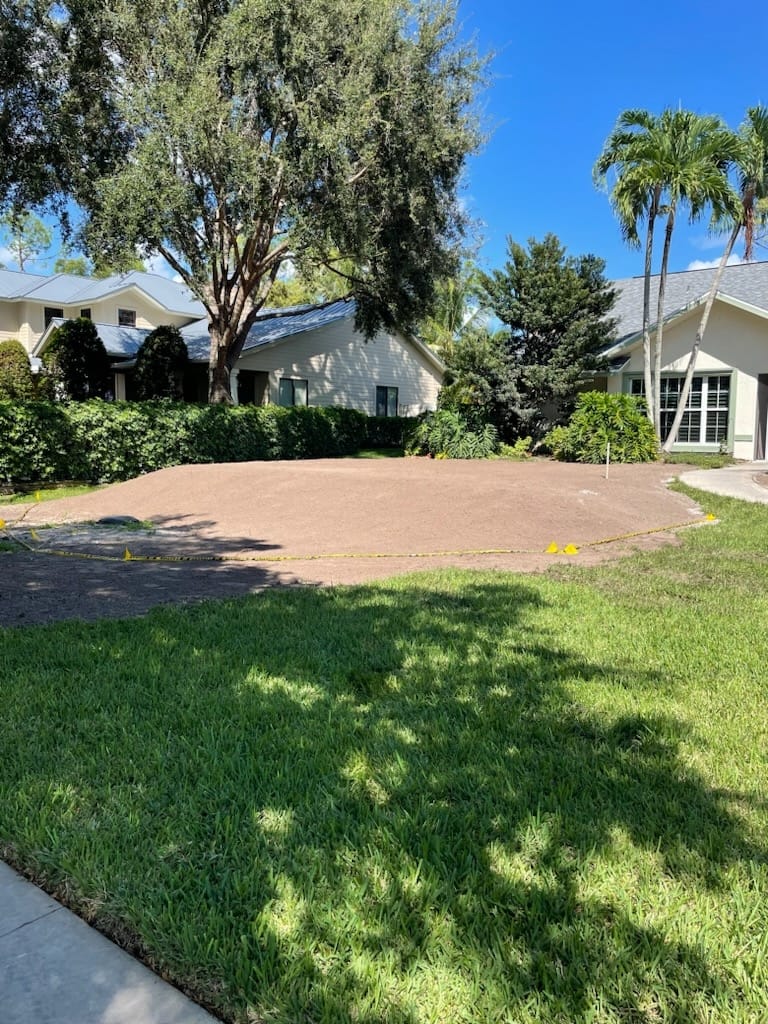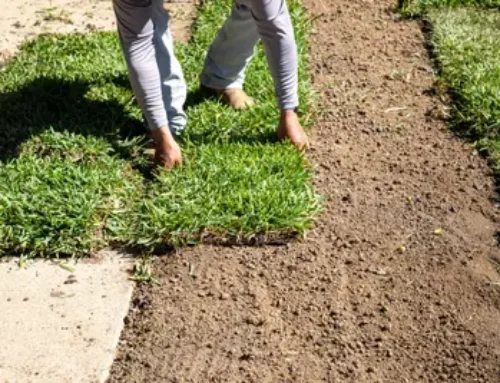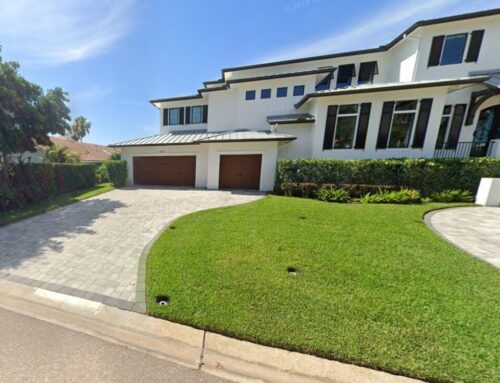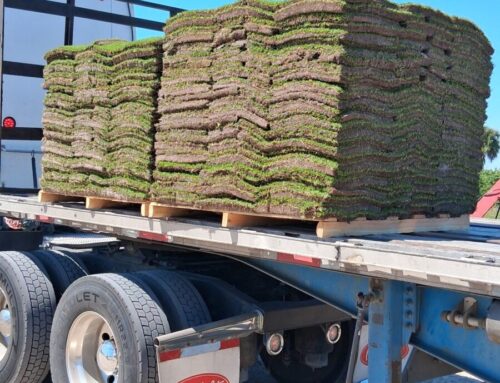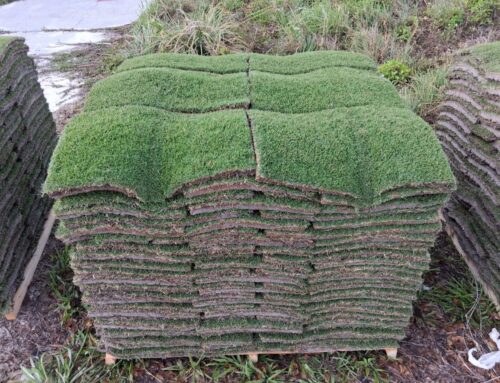Pools and patios are a staple of Florida outdoor living, but they present unique challenges when installing sod. From heat reflection to drainage, the environment around hardscaping requires strategic sod selection and maintenance. Here’s how to get the best results when laying sod around these high-traffic, high-heat zones.
Considerations Before Installing Sod
- Heat Reflection: Concrete and pavers reflect heat, which can dry out nearby sod faster.
- Water Splash: Chlorine from pools can burn grass if exposure is consistent.
- Drainage: Patios may cause water to pool or run off into lawn areas, stressing sod.
- Foot Traffic: Entering/exiting pools and lounging areas often leads to compacted soil and wear.
Best Sod Types Around Pools and Patios
- Zoysia: Great durability, recovers well from foot traffic, and maintains a lush look.
- St. Augustine: Tolerates shade from structures and handles moderate traffic.
- Bahia: Best for low-maintenance zones but may struggle with frequent foot traffic.
Installation Tips
- Improve Soil First: Loosen soil and add compost or topsoil to improve water retention near heat zones.
- Use Tight Edging: Install plastic or steel edging to separate sod from patio joints. This prevents overgrowth and defines borders.
- Slope Away from Structures: Ensure the grade slopes away from the pool or patio for proper drainage.
- Lay Sod Last: Complete all hardscaping and irrigation work before laying sod.
- Install in Early Morning: Sod is perishable. Beat the heat and install when conditions are coolest.
Post-Install Care
- Water Frequently at First: Edges dry out quicker. Target these zones.
- Avoid Pool Water Runoff: Consider redirecting splash or overflow to avoid salt/chlorine exposure.
- Mow High and Carefully: Mowers can scalp sod near patio lips or uneven stone. Use a trimmer where needed.
With the right planning and care, sod installed around your Florida pool or patio can thrive and frame your outdoor space beautifully.

